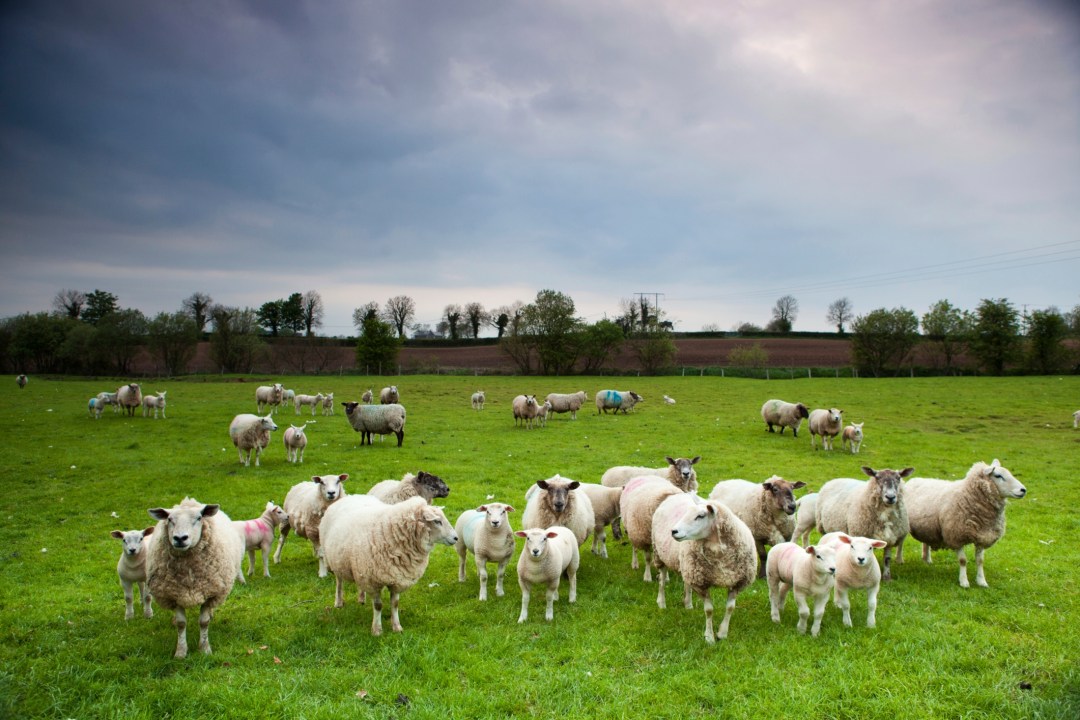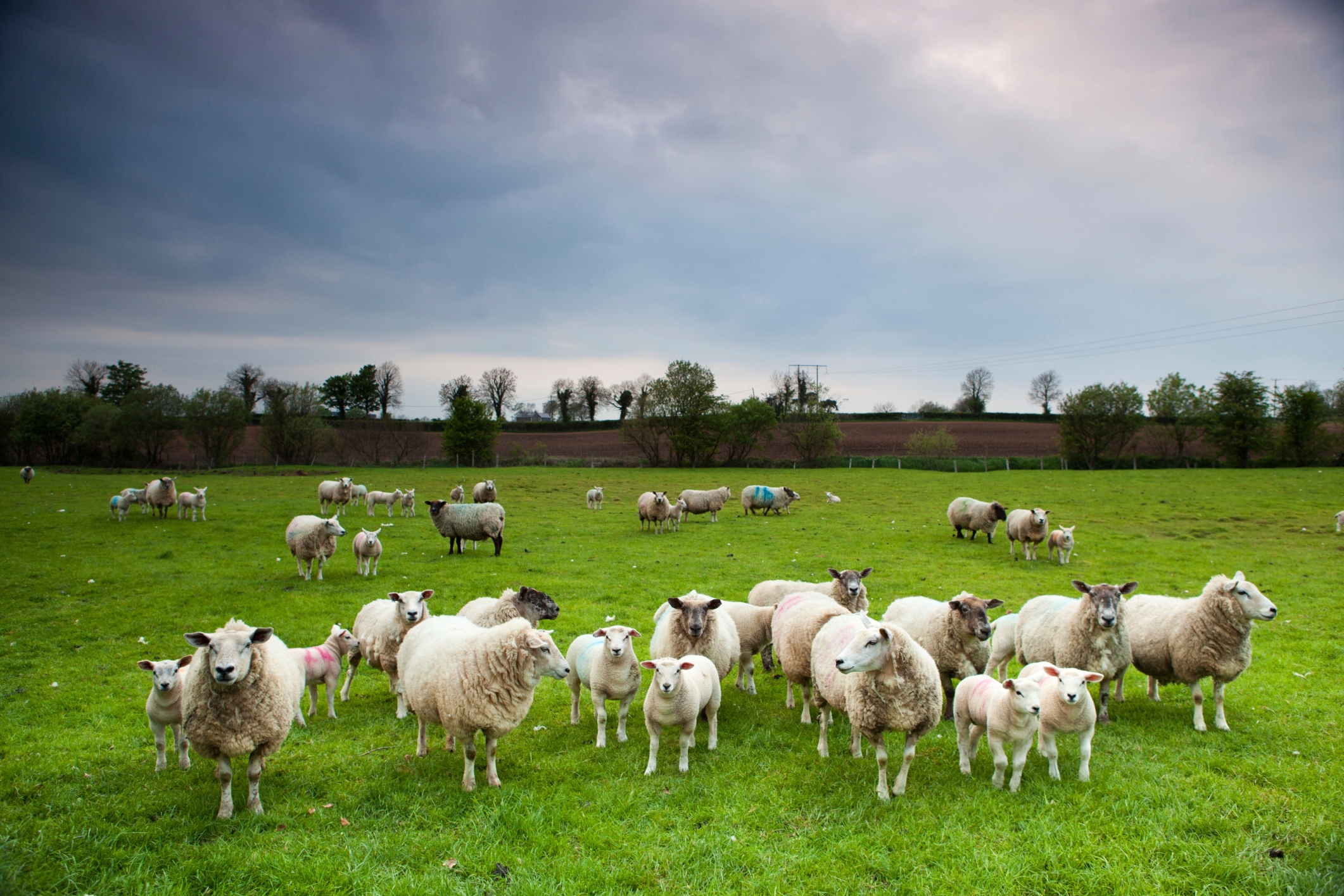The section of the A83 that runs between Loch Long and Loch Fyne in western Scotland is known as the Rest and Be Thankful. It would be better described as the Get the Hell out of Here. For this, as far as I can tell, is the British trunk road most afflicted by landslips.
The soil on the brae above the road is highly unstable. There have been six major slips since 2007, which have shut the road for a total of 34 days. The cost of these closures is estimated at about £290,000 a year. It’s a minor miracle that no one has yet been killed. The Scottish government has spent millions on clearing the road and building culverts and barriers. It’s about to launch a new engineering project, at a cost of £10 million, which it hopes will reduce the frequency of these disasters.
Sensible, logical? Yes — until you hear this. One of the factors destabilising the soil is the presence of sheep on the hillside. A report commissioned by the government notes that the sheep make landslips more likely because they compact and erode the soil and prevent trees and shrubs (whose roots might otherwise have fixed the slope) from growing. The number of sheep on the hillside exceeds the danger point identified by scientists, beyond which erosion becomes severe. Throughout the years of consultants’ reports and engineering solutions, repeated landslips and continuing danger to the public, the sheep have remained on the hillside. Every one of those animals must have cost the taxpayer thousands of pounds. But they are worth next to nothing: the government describes the economic value of the grazing as ‘negligible’.
It’s an extreme example, but it’s indicative of a wider issue: we pay billions to service a national obsession with sheep, in return for which the woolly maggots kindly trash the countryside. The white plague has caused more extensive environmental damage than all the building that has ever taken place, but to identify it as an agent of destruction is little short of blasphemy. Britain is being shagged by sheep, but hardly anyone dares say so.
I blame Theocritus. His development in the third century BC of the pastoral tradition — the literary convention that associates shepherding with virtue and purity — helps to inspire our wilful blindness towards its destructive impacts. His theme was embraced by Virgil and the New Testament, in which Christ is portrayed both as the Good Shepherd and as Agnus Dei, the Lamb of God, ‘who takes away the sin of the world’. The Elizabethans revived the tradition, and the beautiful nonsense Marlowe, Spenser and others published about the uncorrupted pastoral life resonates with us still. Their eclogues and idylls, bucolics and mimes persist today on Sunday-night television, through which we wistfully immerse ourselves in the lives of hunky shepherds and adorable lambs, sheepdog trials and market days.
This tradition, coupled with an urban cultural cringe towards those who make their living from the land, means that challenging the claims and demands of hill farmers is, politically, almost impossible. Instead we throw money at them. I’ve used Wales as my case study. Here, according to the 2010 figures, the average subsidy for sheep farms on the hills is £53,000. Average net farm income is £33,000. The contribution the farmer makes to his income by keeping animals, in other words, is minus £20,000.
But that’s just the beginning. Hill farmers are used to justify the entire subsidy system. Farmers’ unions and governments throughout Europe push them forward and tell moving stories about their plight to justify the €50 billion the EU spends every year. The barley barons and oilseed oligarchs hiding behind them must scarcely believe their luck.
Farmers argue that keeping sheep in the hills makes an essential contribution to Britain’s food supply. But does it? Just over three quarters of the area of Wales is devoted to livestock farming, largely to produce meat. But according to the UK’s National Ecosystem Assessment, Wales imports by value seven times as much meat as it exports. This remarkable fact suggests a shocking failure of productivity.
That’s not quite the end of the issue. Deep vegetation on the hills absorbs rain when it falls and releases it gradually, delivering a steady supply of water to the lowlands. When grazing prevents trees and shrubs from growing, and when the small sharp hooves of sheep compact the soil, rain flashes off the hills, causing floods downstream. When the floods abate, water levels fall rapidly. Upland grazing, in other words, contributes to a cycle of flood and drought. This restricts the productivity of more fertile lands downstream, both drowning them and depriving them of irrigation water. Given the remarkably low output in the upland areas of Britain, it is within the range of possibility that hill farming creates a net loss of food.
Sheep have reduced most of our uplands to bowling greens with contours. Only the merest remnants of life persist. Spend two hours sitting in a bushy suburban garden and you are likely to see more birds and of a greater range of species than in walking five miles across almost any part of the British uplands. The land has been sheepwrecked.
I accept that hill farmers are only trying to survive, and that theirs is a tough, thankless and precarious occupation. I’m not calling for the entire tradition of hill-farming to be abandoned (not that there’s much left of it in this age of quad bikes, consolidation and absentee ranchers). I am calling for a good deal more scepticism about the claims of those who champion it. And for a sweeping reassessment of a subsidy system which has been sold to us with a series of falsehoods.
Do we really believe that keeping the hills bare, wiping out wildlife, helping to flood homes and farms and exacerbating landslips is a good use of public money?







Comments